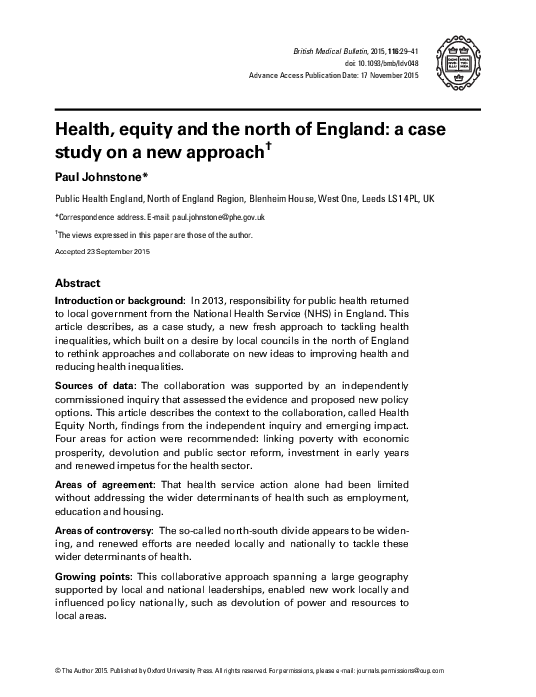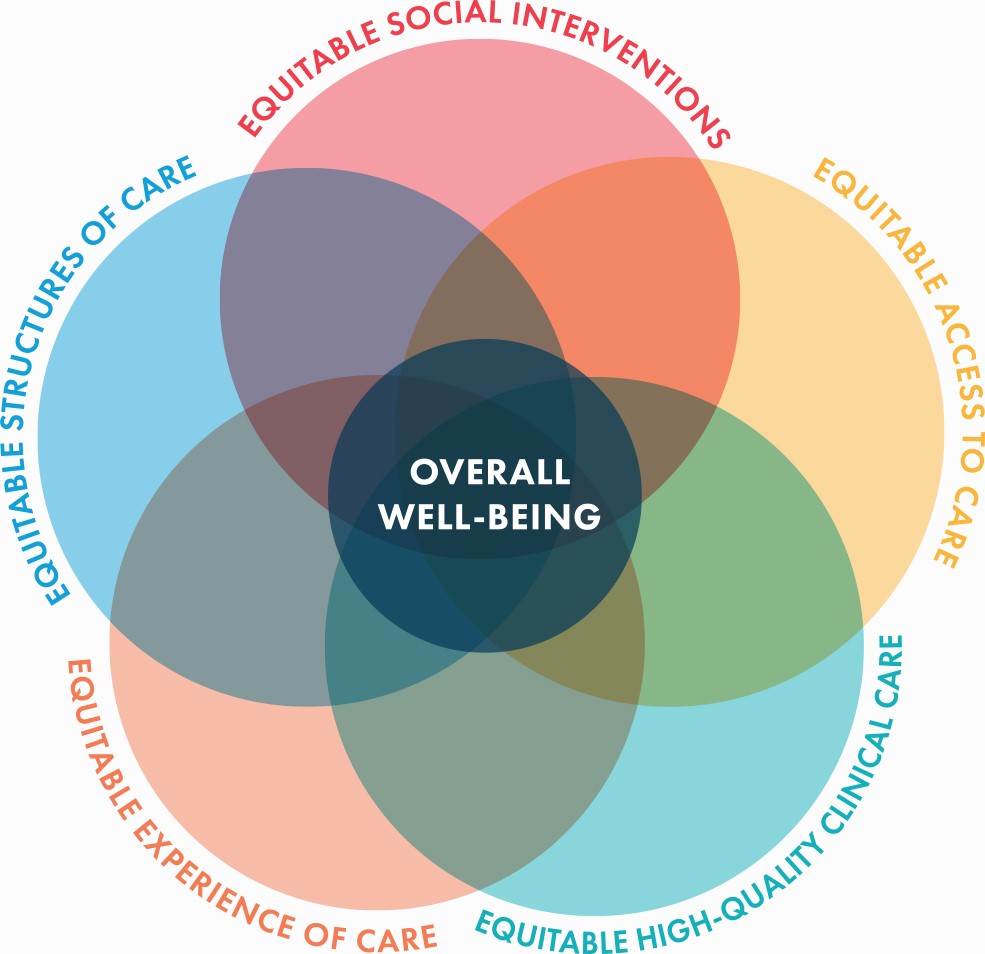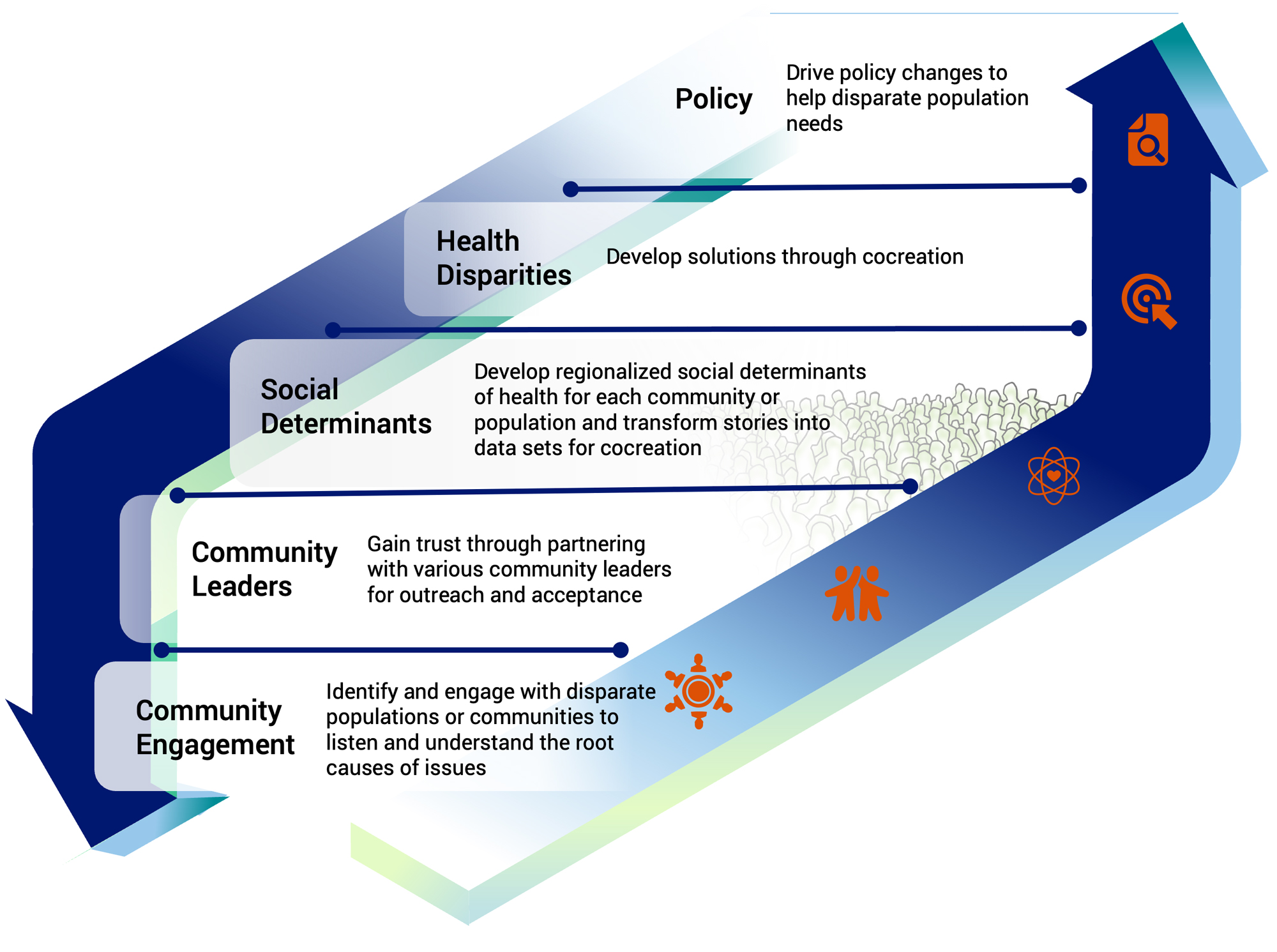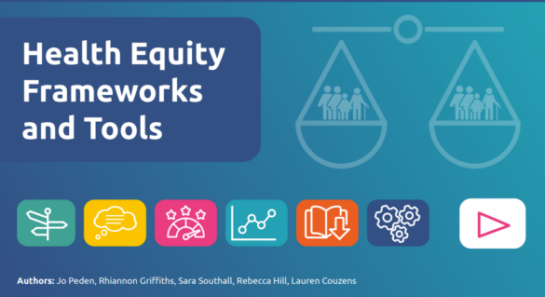Health Equity A Solutions-focused Approach Pdf

A growing movement emphasizes solution-focused strategies to tackle deep-rooted disparities in health outcomes. A recent PDF document circulating among health professionals and policymakers proposes a structured framework for achieving health equity. It calls for proactive measures and systemic changes to address the social determinants of health.
The PDF, titled "Health Equity: A Solutions-Focused Approach," offers actionable strategies that prioritize community engagement, policy reform, and data-driven interventions. It aims to shift the focus from simply identifying problems to implementing and evaluating effective solutions. This proactive approach has garnered attention from organizations dedicated to reducing health inequalities and promoting well-being for all.
Key Elements of the Framework
The document highlights several critical components necessary for achieving health equity. These include understanding the root causes of health disparities, implementing targeted interventions, and monitoring progress through rigorous evaluation. It emphasizes the importance of addressing the social determinants of health – factors like poverty, education, housing, and access to healthy food.
Community engagement is central to the framework. It suggests that solutions should be developed in collaboration with the communities most affected by health disparities. This ensures that interventions are culturally appropriate and meet the specific needs of the population.
The PDF outlines specific strategies for policy reform. It calls for policymakers to consider the health impacts of all legislation and to prioritize policies that promote equity. This includes policies that address systemic racism and discrimination, which often contribute to health disparities.
Data-driven interventions are essential. The document emphasizes the need for robust data collection and analysis to identify trends and track progress. This allows for the continuous improvement of interventions and ensures that resources are allocated effectively.
The Role of Social Determinants
The PDF stresses the significant impact of social determinants of health. These are the non-medical factors that influence health outcomes. Factors like socioeconomic status, access to education, and environmental conditions can all contribute to health disparities.
The document illustrates the importance of addressing these social determinants to create a level playing field. Improving access to quality education, affordable housing, and healthy food options can significantly impact health outcomes. It calls for cross-sector collaboration to address these complex issues effectively.
"Addressing health equity requires a multi-faceted approach that tackles the underlying social and economic factors that drive health disparities," says Dr. Emily Carter, a public health expert. "This document provides a valuable framework for organizations and individuals to work together towards a more equitable future."
Practical Applications and Examples
The PDF provides practical examples of how the framework can be applied in different settings. It offers case studies of successful interventions that have reduced health disparities in specific communities. These examples serve as models for other organizations looking to implement similar strategies.
One example highlights a community-based program that provides access to healthy food and nutrition education in a low-income neighborhood. Another example describes a policy initiative that increased access to affordable housing for vulnerable populations. These case studies demonstrate the tangible impact of solution-focused approaches.
Addressing Systemic Barriers
The document highlights the need to address systemic barriers that perpetuate health inequities. This includes tackling racism, discrimination, and other forms of oppression. Systemic issues often contribute to unequal access to resources and opportunities.The PDF argues that these systemic barriers must be addressed to create lasting change. This requires a commitment to equity at all levels of society. It also requires a willingness to challenge existing power structures and advocate for policies that promote fairness and justice.
Potential Impact and Future Directions
The "Health Equity: A Solutions-Focused Approach" PDF has the potential to significantly impact efforts to reduce health disparities. It provides a clear framework and actionable strategies for organizations and individuals to implement. Its emphasis on community engagement and data-driven interventions is particularly valuable.
The document is expected to serve as a valuable resource for public health professionals, policymakers, and community leaders. It provides a roadmap for creating a more equitable and healthy society. It is a crucial step towards ensuring that everyone has the opportunity to thrive, regardless of their background or circumstances.
The implementation of this framework is ongoing, and its long-term impact remains to be seen. However, its emphasis on solution-focused approaches and systemic change offers a promising path forward. Continued collaboration and commitment will be essential to achieving the vision of health equity for all.



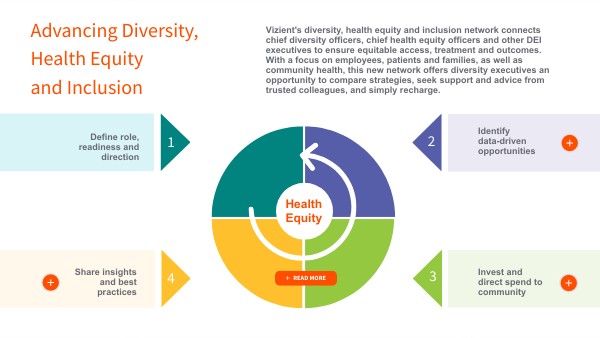


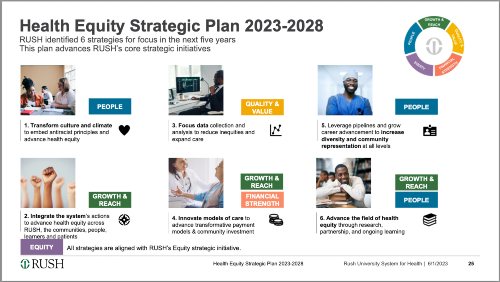


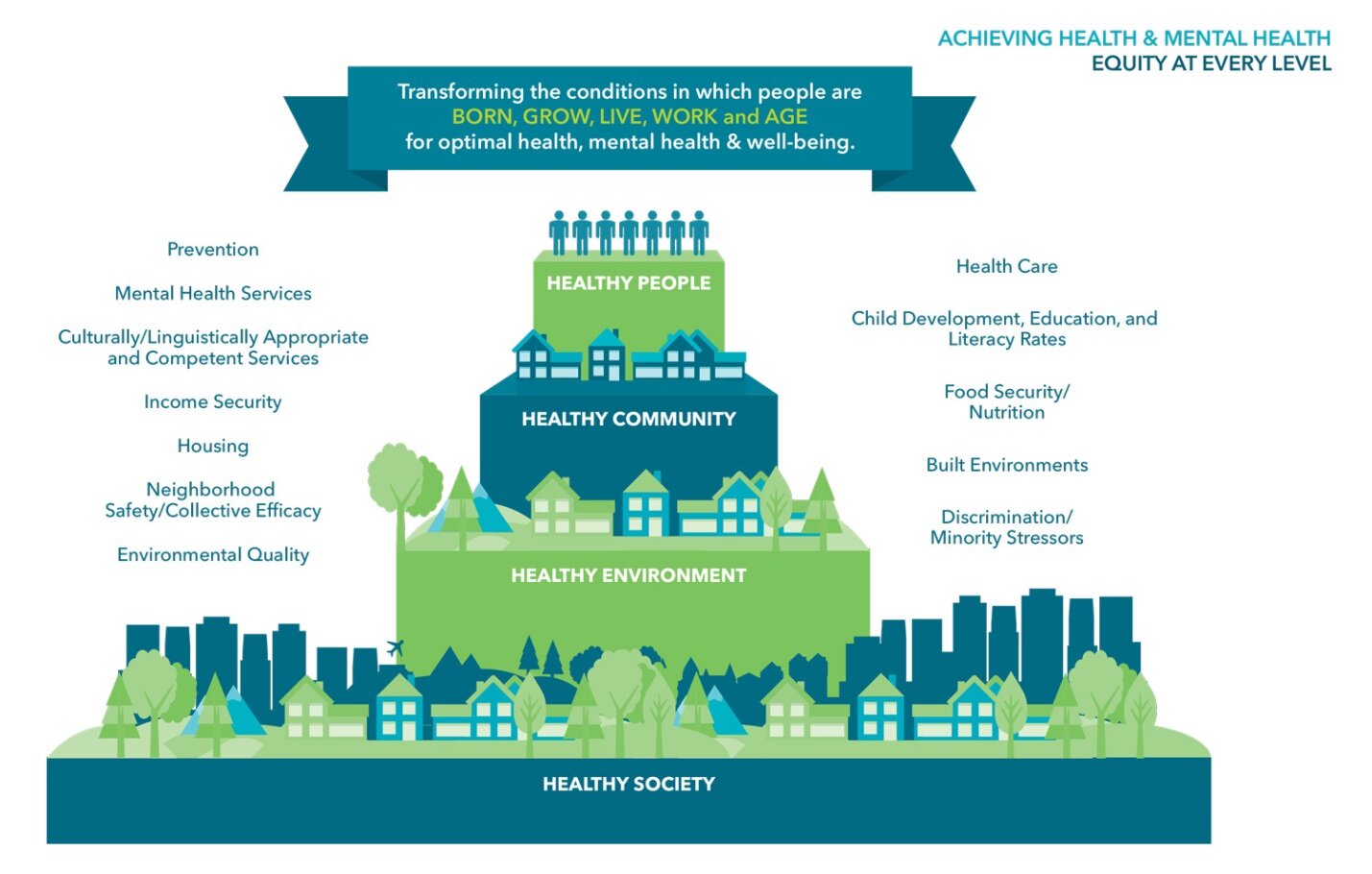

.png)
